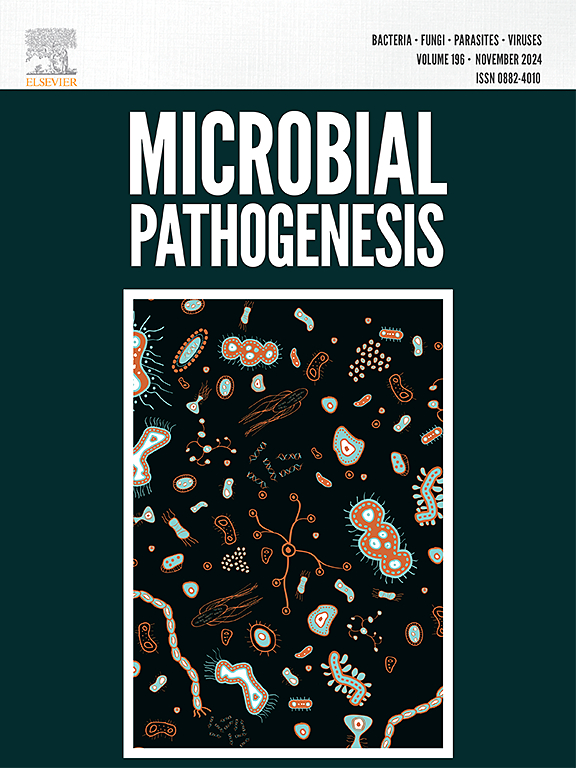Sublethal damage and recovery of Staphylococcus aureus exposed to intense pulsed light: Implications for minimally processed foods
IF 3.3
3区 医学
Q3 IMMUNOLOGY
引用次数: 0
Abstract
The growing demand for minimally processed foods has promoted the application of non-thermal sterilization technologies, such as intense pulsed light (IPL), to ensure food safety while preserving nutritional and sensory attributes. However, the potential for sublethal bacterial recovery after IPL treatment remains a major concern. In this study, IPL showed varying bactericidal capacities for Staphylococcus aureus in water and pork surfaces, respectively reducing by approximately 4 and 1.2 log CFU/mL after 2 applications at 4 cm, despite similar damage was observed by SEM. The differences in sterilization were speculated that sublethal S. aureus cells caused by IPL could be recovered within a nutritive environment such as pork. To elucidate the underlying mechanisms, intracellular redox enzyme activities and transcriptomic responses of sublethal S. aureus were analyzed. The results indicate that S. aureus repaired the damage caused by IPL mainly through three ways. Firstly, DNA damage was repaired by activating SOS response, restoring DNA double-strand breaks, and improving purine metabolism. Besides, S. aureus responded to oxidative damage by maintaining iron homeostasis, synthesizing biotin and clearing aldehyde metabolites. Meanwhile, amino acids, phosphate and ferric ions served as substrates and ATP for cell repair by amino acid metabolism. In conclusion, this study analyzed the recovery mechanism of sublethal S. aureus under IPL stimulus, and provides new insights for controlling pathogenic bacteria in minimally processed food industry.

求助全文
约1分钟内获得全文
求助全文
来源期刊

Microbial pathogenesis
医学-免疫学
CiteScore
7.40
自引率
2.60%
发文量
472
审稿时长
56 days
期刊介绍:
Microbial Pathogenesis publishes original contributions and reviews about the molecular and cellular mechanisms of infectious diseases. It covers microbiology, host-pathogen interaction and immunology related to infectious agents, including bacteria, fungi, viruses and protozoa. It also accepts papers in the field of clinical microbiology, with the exception of case reports.
Research Areas Include:
-Pathogenesis
-Virulence factors
-Host susceptibility or resistance
-Immune mechanisms
-Identification, cloning and sequencing of relevant genes
-Genetic studies
-Viruses, prokaryotic organisms and protozoa
-Microbiota
-Systems biology related to infectious diseases
-Targets for vaccine design (pre-clinical studies)
 求助内容:
求助内容: 应助结果提醒方式:
应助结果提醒方式:


